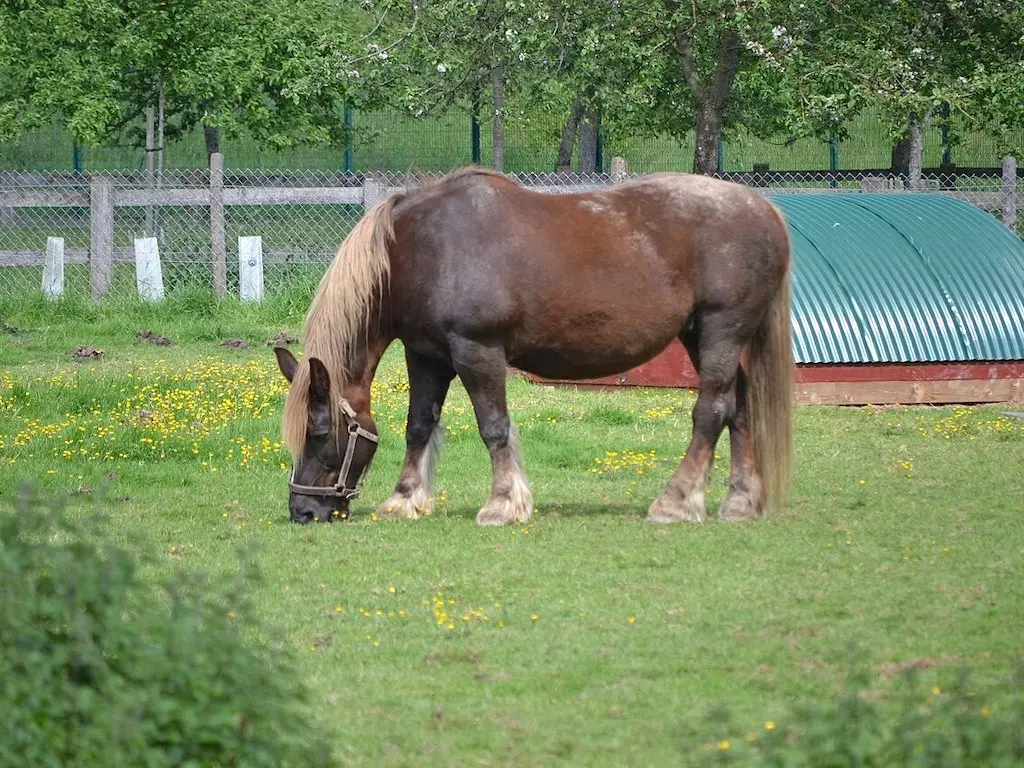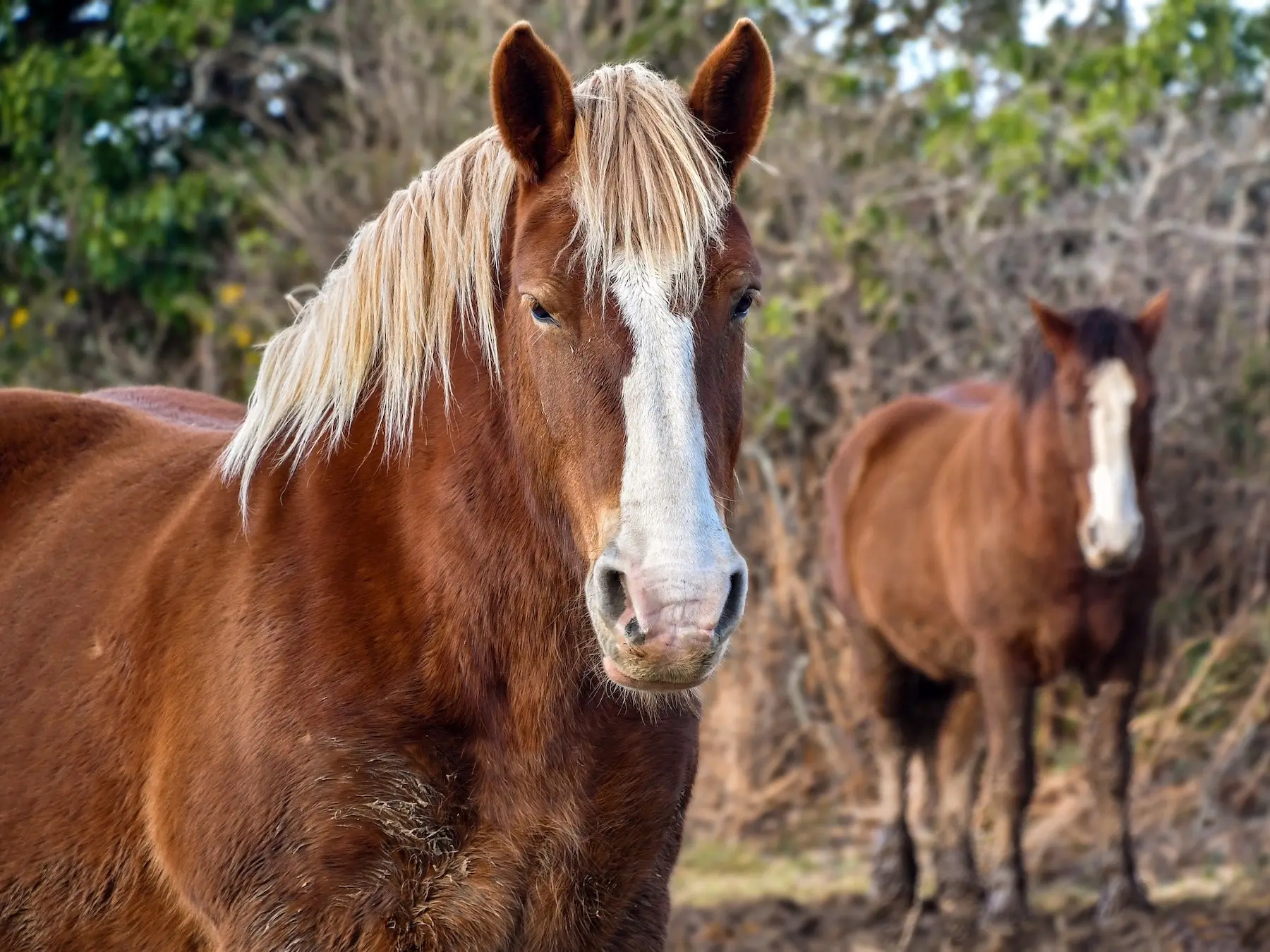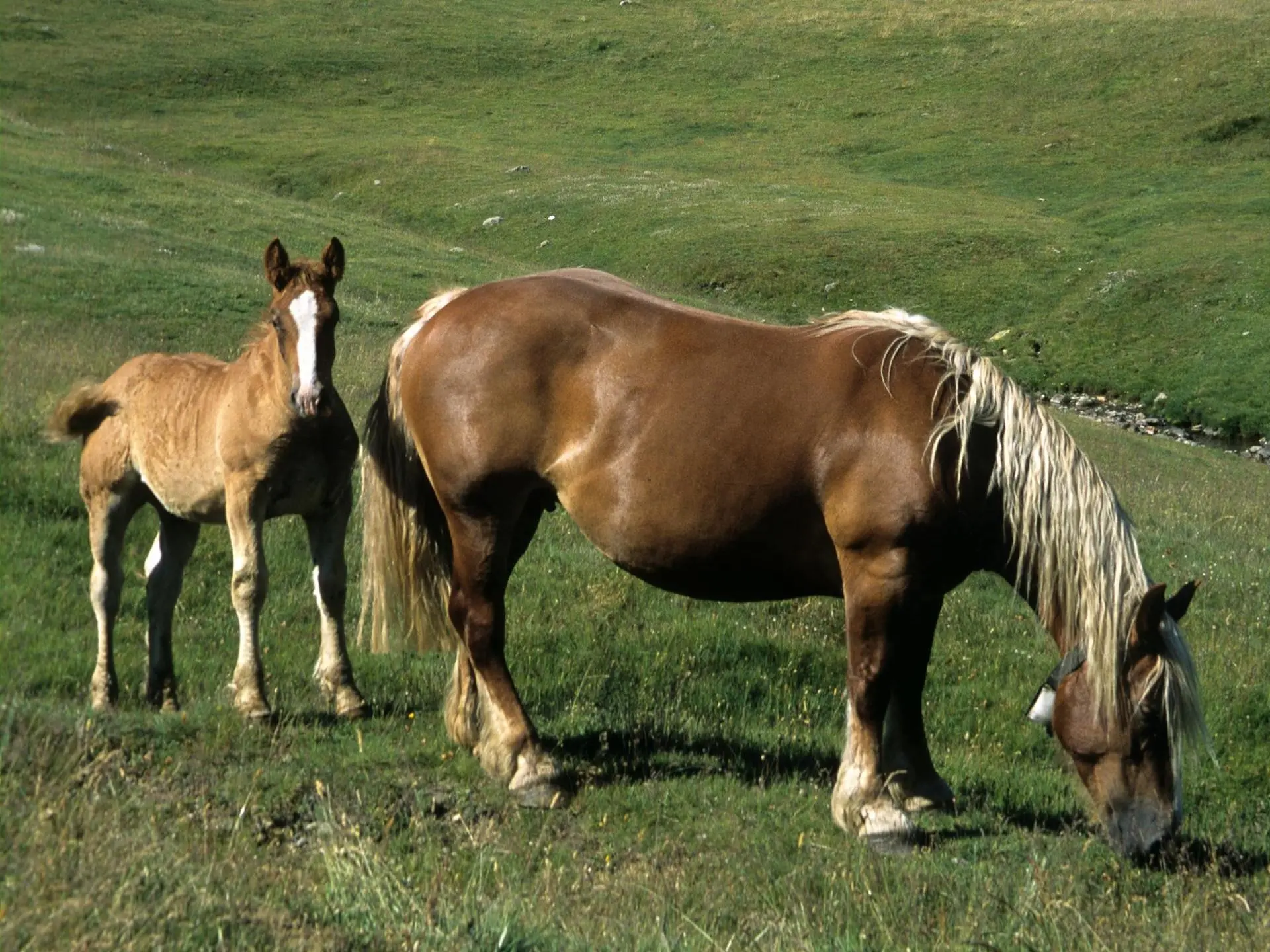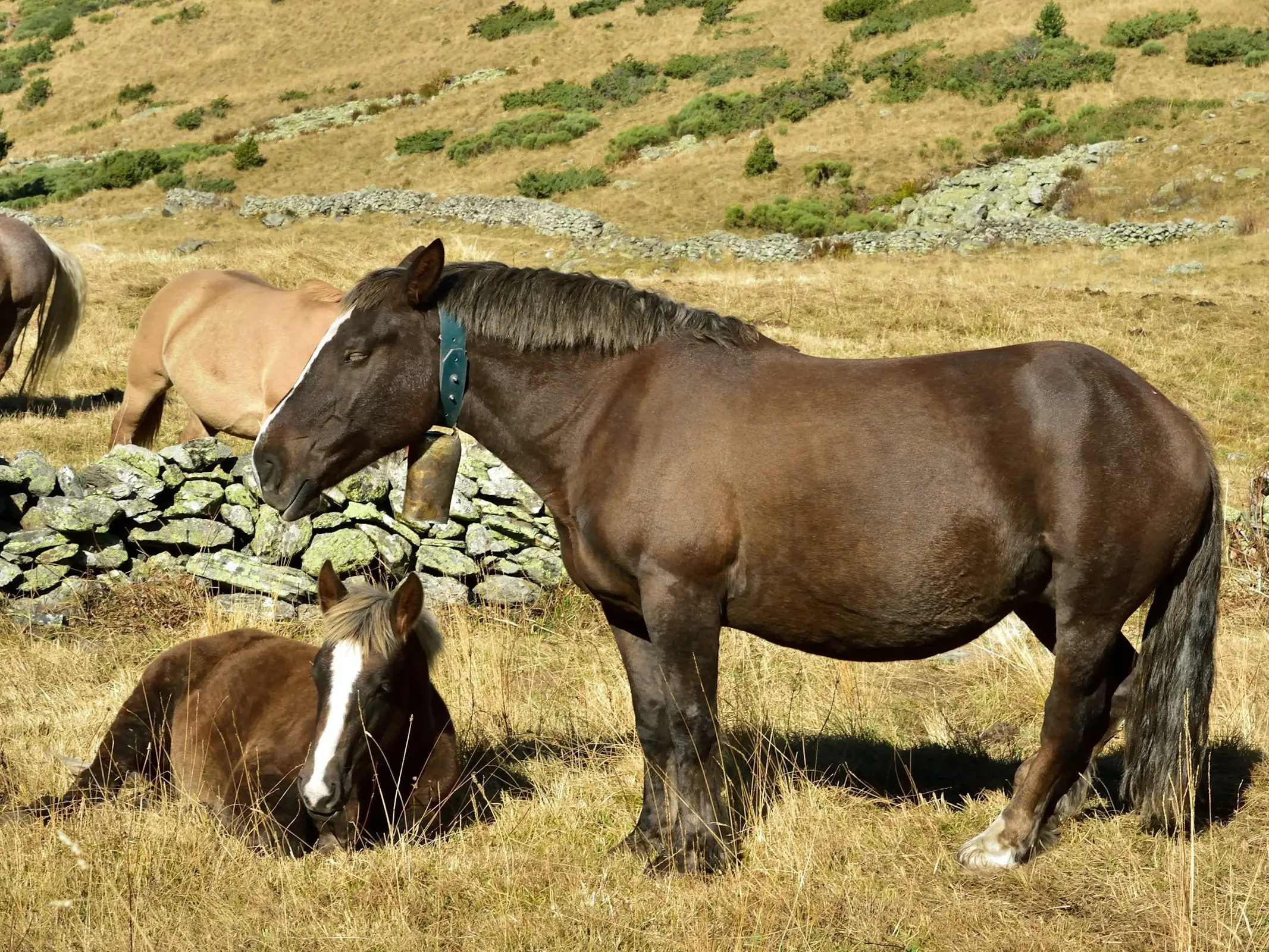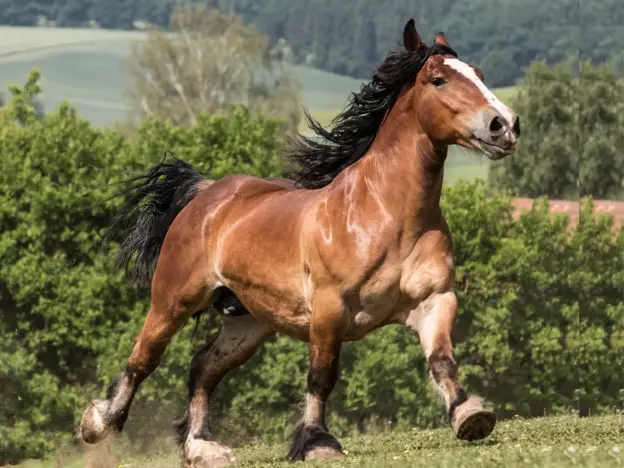Intro
The most common draft horse found in France, the Breton comes from Brittany and is ideal for heavy farm and agriculture work.
Origins
There are differing opinions as to where the Breton breed originates. One theory dates them back four thousand years, brought to Europe by Asian migrators. Another theory is that they were initially bred by Celtic warriers. Either way, they are thought to come from the steppe horses ridden by the Celts.
Types of Yesterday
By the end of the Middle Ages there were two types of Breton.
Sommier – North Brittany pack horse
Roussin – Finer and more slender stemming from the Mountain Bidet
Throughout the years, bloodlines of this breed has been influenced by the Boulonnais, Percheron and Ardennes. But since the 1930’s crossbreeding has stopped and a selective breeding program is in place to preserve their bloodlines.
Types of Today
Today There are 3 Types.
Small Breton Draft (Center Mountain) – Considered the real ancestors of the Brenton Horse with the same general features, only smaller with more of a dished face.
Breton Draft – Heavier with more bulk, compact and muscular.
Postier Breton – Similar in size to the draft, the Postier displays lovely gaits for such a large animal and has a more refined conformation.
This is a popular draft breed and they are exported all over the world for use as show and farm horses. In France they are mainly bred for meat production.
Features
Average height 15 – 16 hands
Physique
Head is medium and square with a wide forehead
Nose is straight and sometimes dished
Neck is short, strong and well-set
Back is wide and short
Legs are short and muscular
Traditional Colors
Chestnut or red roan generally with flaxen mane and tail
Sometimes bay or bay roan
Temperament
Kind and willing
Use
Farm animal
Riding horse
Meat
Helpful Links
Cheval Breton, Association Nationale du Cheval de Trait Breton
More Images
